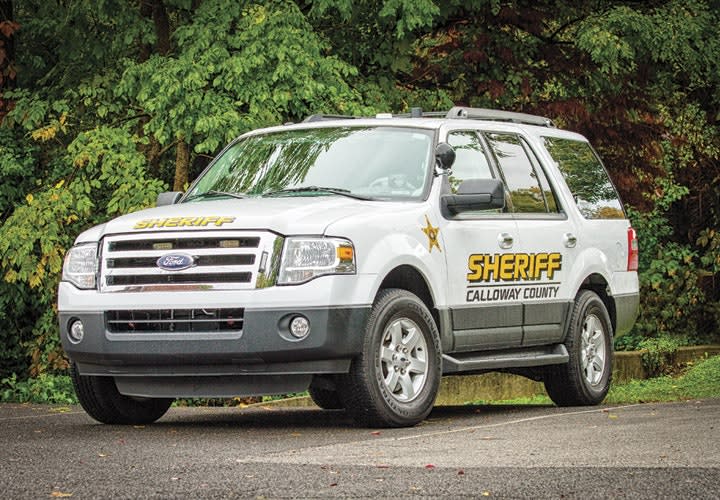One of the reasons that so many officers and agencies swore by the Ford Crown Victoria Police Interceptor for more than two decades until its retirement in 2011 was all the stuff that it could carry. The Crown Vic could haul all of the equipment necessary for contemporary patrol operations, plus the officers, and still close with and overtake some of the fastest traffic offenders.
Which is why so many law enforcement agencies were unsure about what to do next when Ford ended production of the Panther platform and subsequently retired the Crown Vic. Four years ago it looked like the battle for the Crown Vic's commanding share of the American law enforcement patrol vehicle market would come down to three sedans: the Dodge Charger Pursuit, the Chevrolet Caprice PPV, and the Ford Police Interceptor. But law enforcement agencies have started to rethink their needs and now, by far, the most popular new patrol vehicles coming out of Detroit are pursuit-rated SUVs.













